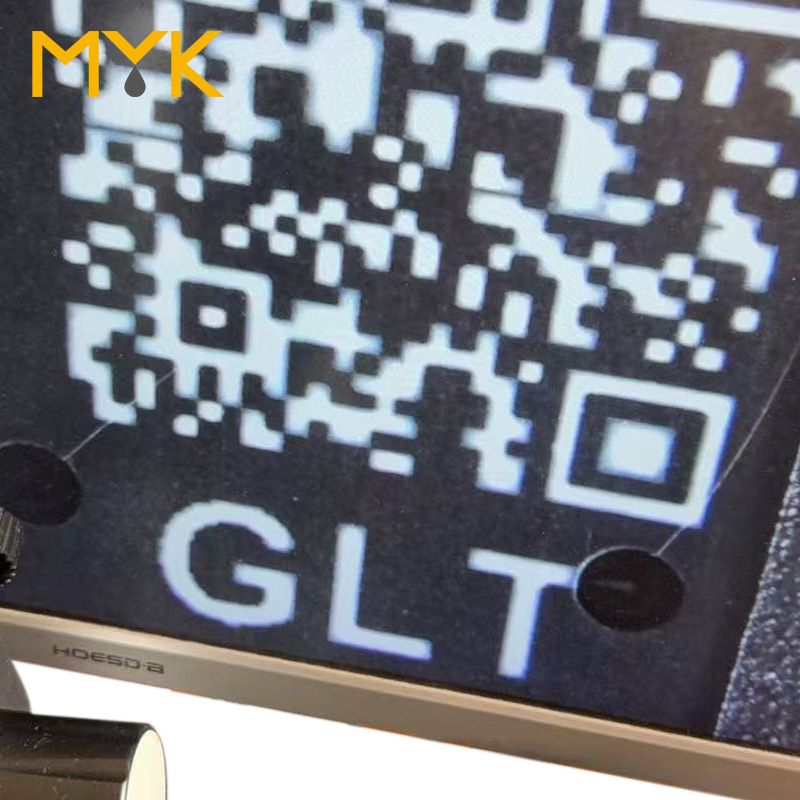White Ink for Electronics
White Ink for Electronics
1. Enhanced Environmental and Safety Profile
Reduced Toxicity in Disposal & Recycling: Prevents the formation of highly toxic and corrosive compounds (e.g., dioxins, furans, halogenated acids) if printed packaging is incinerated at end-of-life. This enables safer recycling streams and is a cornerstone of responsible packaging design and the circular economy.
Inherently Safer Product Composition: Complements the already solvent-free (MEK-Free) nature of PIJ inks, creating a comprehensively safer ink formulation from both a solvent and heavy metal perspective.
Eco-Friendly Manufacturing: Supports corporate sustainability (CSR) and green manufacturing initiatives by utilizing a more environmentally preferable chemistry, enhancing the brand's reputation for responsibility.
2. Critical for Sensitive Applications and Industries
Prevents Corrosive Damage: Halogens, particularly chlorine, can form corrosive acids in the presence of moisture. This is a significant risk for delicate electronic components and circuits. Halogen-free PIJ inks eliminate this risk, making them suitable for coding on electronics packaging and certain components.
Essential for Regulatory Compliance: Mandatory for meeting strict material specifications in the electronics industry (e.g., IEC 61249-2-21) and for supplying to global electronics manufacturers (OEMs) like Apple, Dell, and HP, who have stringent halogen-free material policies.
3. Market Access and Brand Reputation
Global Market Requirement: Facilitates access to global markets, especially those with stringent environmental regulations, by complying with or exceeding material safety standards.
Strong Brand Image: Demonstrates a commitment to product safety and environmental responsibility. This is a powerful marketing tool and is increasingly important to consumers and B2B partners, particularly in sectors like electronics, healthcare, and premium consumer goods.










